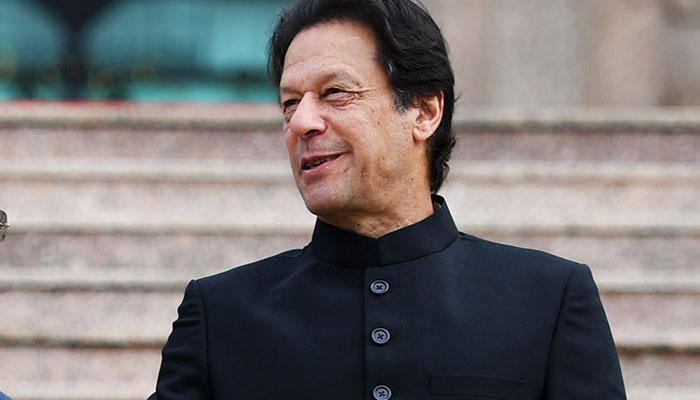image courtesy: dawn.com
There is no shortage of plans collecting dust in the government archives as well. We all know what needs doing. The question is how do you get the plan funded?According to estimates, Pakistan will need $10 billion in capital spending to deal with the power crisis in the coming years and another double this amount to build large dams. Let’s see where we can find the first $10bn.
Public funding is out of the question. The exchequer, already burdened with billions of dollars of circular debt, will not be able to absorb such large capital expenditures.
The next possibility is to look at the multilateral financial institutions (MFIs) like the World Bank and the Asian Development Bank.
MFIs may finance technical and feasibility studies, they may even co-fund projects in hydropower and provide concessional loans to undertake grid improvement projects
Similarly, the bilateral assistance agencies such as the USAID may offer project specific assistance for such things as capacity building of personnel and very specific efficiency improvement projects. From the money received under the Kerry Lugar act, for example, the turbines of some public-sector plants were upgraded to release a few hundred additional megawatts.
Still, it would be naïve to expect the international agencies to play more than a marginal role in financing Pakistan’s energy plan.
image courtesy: samaa.tv
Under the power sector reforms that began in 1997, the Water and Power Development Authority (Wapda) was unbundled and vertically disintegrated into independent generation companies (Gencos); distribution companies (DISCOs) and a transmission company (NTDC). The National Electric Power Regulatory Authority was created as the industry regulator.
The incoming government will need to complete the transition to the industry regime of the future; that is based on competition, open access and market-based pricing.
Like the imposition of value-added tax and agriculture income tax this will not come without a great deal of pain; a major reason why all governments since 1997 have been reluctant to complete the power-sector reforms.
Like the imposition of value-added tax and agriculture income tax this will not come without a great deal of pain; a major reason why all governments since 1997 have been reluctant to complete the power-sector reforms.
Even if the incoming government is able to cut through all the bureaucratic red tape, the reforms will take a minimum of two painful years to complete. Immediately after that, Pakistan will be able to turn to the most plausible source of financing for its energy plan: private capital.
image courtesy: dawn.com
In a distressed world economy, investors seek watertight guarantees. Power plants commissioned under the 2002 power generation policy have, in recent years, faced frequent and prolonged shutdowns on account of fuel shortages — natural gas and furnace oil. When the existing plants are lying idle, seeking new investors is frustrating.
A key decision the incoming government will need to make is on the choice of fuels going forward. There is a moratorium on building new furnace oil and natural gas-fired power plants.
Unfortunately, coal has recently become a no-no with most of the international financial community (except China, but for coal transportation, railways would need to move first). Nuclear and hydropower are very long term. Alternate energy — wind and solar — are good options but cannot yet become mainstay.
One way to fast track investment would be to revive the 1994 power policy; specifically the clause relating to capacity payments; while the reforms are under way on a parallel track.
The stumbling block here would be the issue of furnishing larger sovereign guarantees. Pakistan’s financial limits to provide any further guarantees are already
overstretched.
overstretched.
To circumvent this, the new government may access the MFIs’ programmes that extend sovereign and political risk cover to investors where governments in developing countries are unable to.
The challenge here is that even if done at full speed, the preparation of paperwork and processing time for an application is about 18 months. In addition, the MFIs often have their own set of conditions they want the government to sign.
The silver lining is that we can expect the thermal and small hydro projects that are already in the pipeline to start coming on-stream during the next five years — on the proviso that they’re able to achieve financial close.
If the incoming government shows sufficient will to take the energy sector reforms forward, then that pipeline will deliver energy projects a lot faster. A great deal of that work has already been laid out for the next government. The will to push through the reform is what is now needed.










